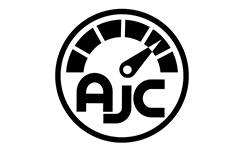Exploring the Benefits and Applications of Sealed Lead Acid Batteries in Modern Technology
The evolution of technology has propelled the demand for efficient and reliable energy storage solutions, positioning sealed lead acid (SLA) batteries as a pivotal component in numerous applications. According to the Global Lead Acid Battery Market Report, the SLA battery segment is projected to grow significantly, driven by its versatility in sectors such as telecommunications, automotive, and renewable energy systems. This growth is attributed to the SLA battery's unique advantages, including cost-effectiveness, low maintenance requirements, and robust performance in a variety of environmental conditions. As industries continue to pivot towards more sustainable practices, the demand for reliable energy storage solutions becomes paramount. SLA batteries, with their sealed design preventing electrolyte leakage, offer safe and dependable energy storage options that meet modern technological needs. This article will explore the myriad benefits and innovative applications of sealed lead acid batteries, highlighting their indispensable role across various sectors in today’s fast-paced technological landscape.
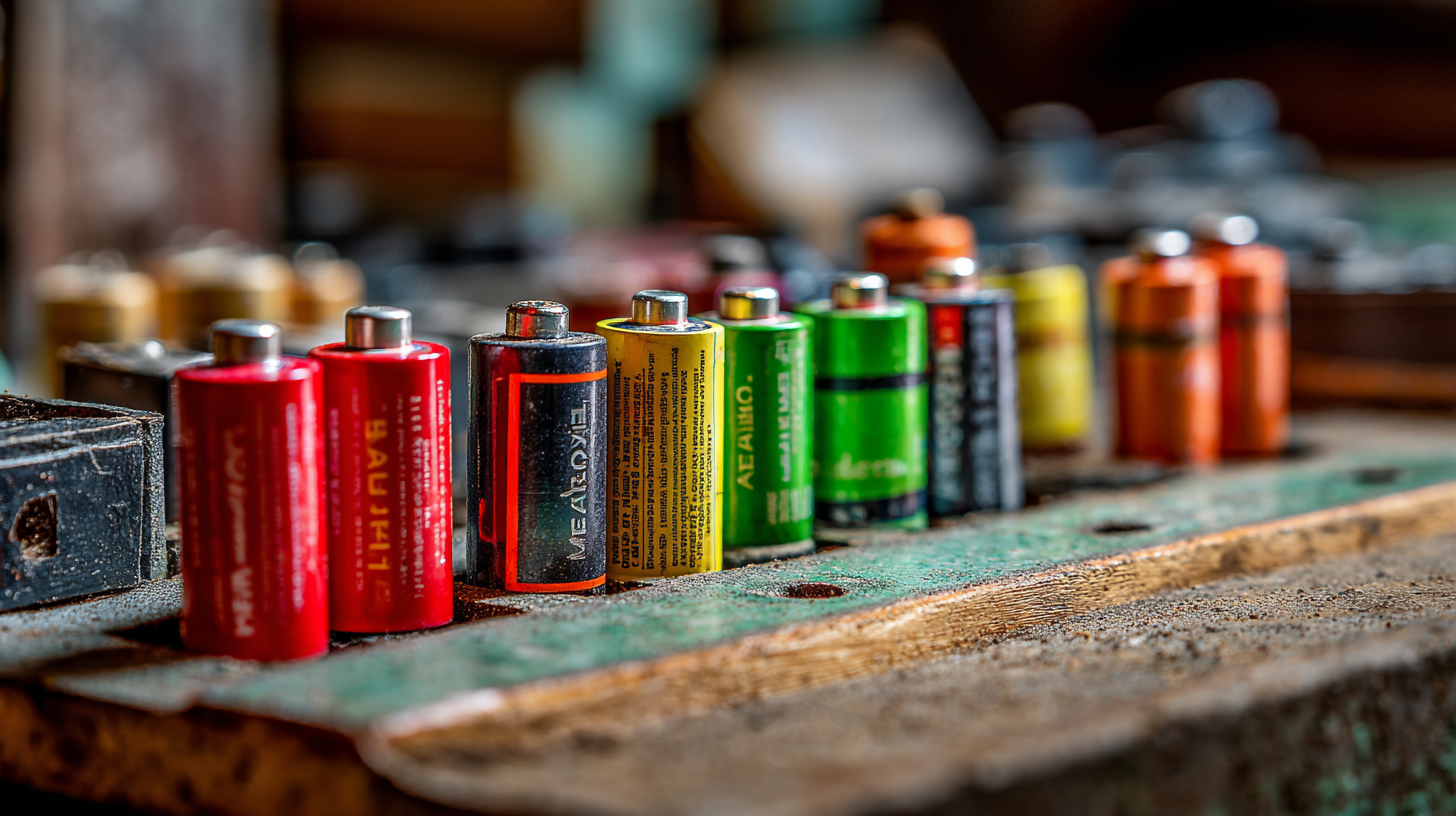
Benefits of Sealed Lead Acid Batteries in Renewable Energy Storage Solutions
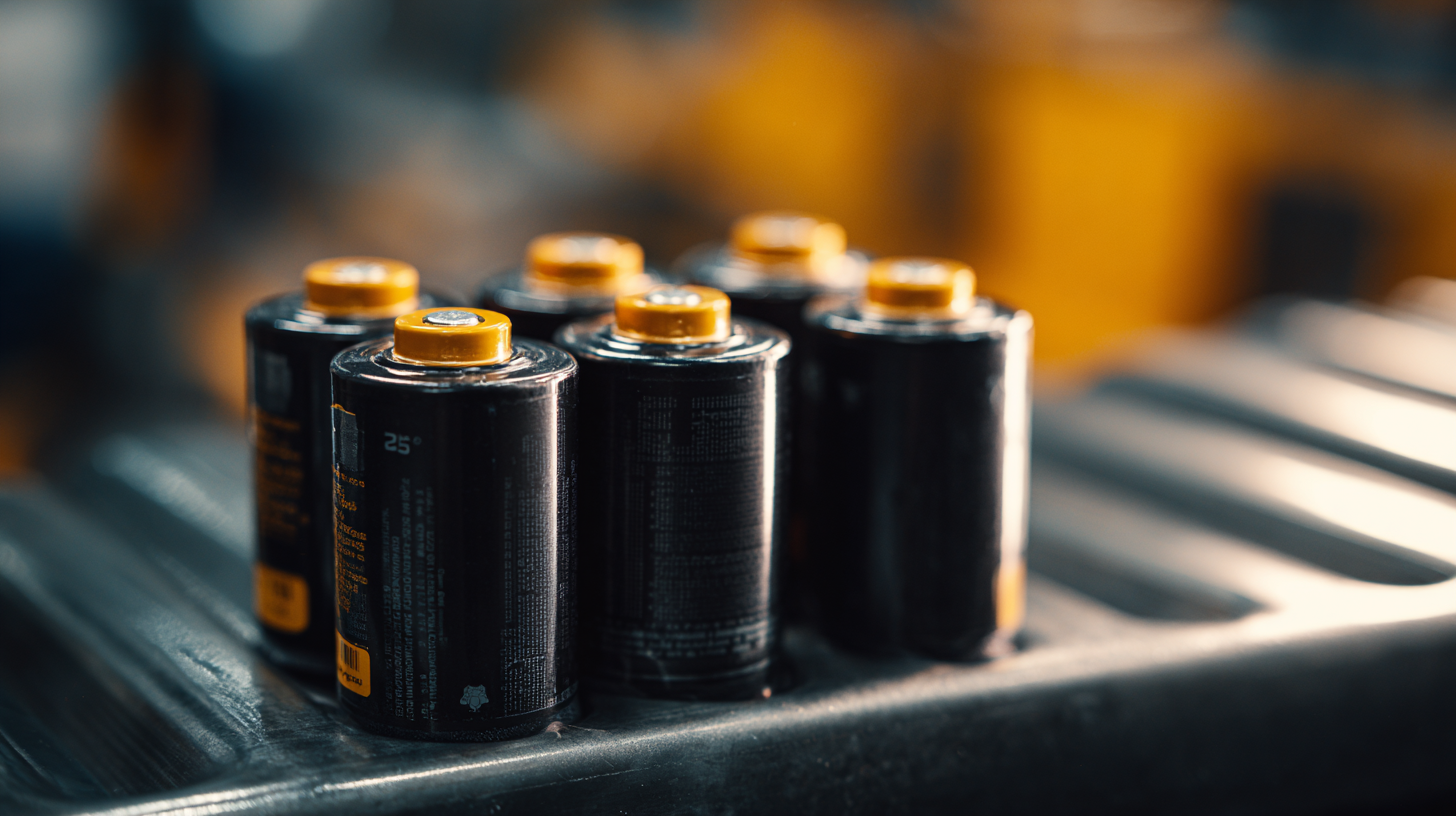 Sealed lead acid (SLA) batteries have become increasingly important in renewable energy storage solutions due to their unique advantages. One of the primary benefits of SLA batteries is their ability to provide consistent and reliable power outputs. Their sealed design prevents electrolyte loss and minimizes maintenance, making them ideal for applications in solar and wildlife energy systems. This robustness ensures long-term functionality, especially in remote or off-grid locations where energy access is critical.
Sealed lead acid (SLA) batteries have become increasingly important in renewable energy storage solutions due to their unique advantages. One of the primary benefits of SLA batteries is their ability to provide consistent and reliable power outputs. Their sealed design prevents electrolyte loss and minimizes maintenance, making them ideal for applications in solar and wildlife energy systems. This robustness ensures long-term functionality, especially in remote or off-grid locations where energy access is critical.
Additionally, SLA batteries are cost-effective compared to other battery technologies. Their relatively low initial investment and good cycle life make them suitable for both small-scale and large-scale renewable energy projects. Furthermore, their ability to operate efficiently under various temperature conditions enhances their versatility in diverse climates. As the push for sustainable energy sources continues, the role of sealed lead acid batteries in supporting renewable energy systems becomes increasingly vital, offering both economic and environmental benefits.
Applications of Sealed Lead Acid Batteries in Electric Vehicles and Transportation
Sealed Lead Acid (SLA) batteries have become increasingly significant in the realm of electric vehicles (EVs) and transportation due to their reliability and cost-effectiveness. These batteries provide a robust power source that supports various applications, from city cars to larger commercial vehicles. Their ability to handle deep discharges and quick recharges make them particularly suitable for frequent stop-and-go scenarios typical in urban environments.
Tips for optimizing SLA battery performance in electric vehicles include ensuring proper charging cycles. Always use a compatible charger that matches the specifications of the battery, as this can help extend its lifespan and enhance efficiency. Additionally, consider regular maintenance checks to monitor battery health and prevent premature deterioration.
The versatility of SLA batteries also allows for integration with renewable energy sources, enhancing their appeal in the transportation sector. By harnessing solar or wind energy for charging, fleet operators can reduce operational costs and lower their carbon footprint, demonstrating the potential for sustainable techno-logical advancement in the industry. Embracing these innovative approaches can transform how we think about energy in transportation.

Comparative Analysis: Sealed Lead Acid Batteries vs. Other Battery Technologies
Sealed lead-acid (SLA) batteries have established themselves as a robust power source across various industries, but a comparative analysis reveals their competitive edge in relation to other battery technologies. By 2025, the global lead-acid battery market size is projected to exceed $49.96 billion, with an estimated compound annual growth rate (CAGR) of approximately 5.1%, reaching over $82.16 billion by 2035. This growth can be attributed to the increasing demand for off-grid and stand-alone power systems, where SLA batteries excel due to their reliability and cost-effectiveness.
Within the framework of different battery types, the distinct advantages of sealed lead-acid batteries become apparent. They are particularly favored in applications such as automotive, telecommunications, and energy storage, driven by their deep-cycle capabilities and ease of maintenance. The market for SLA batteries also reflects expansion in related sectors; for instance, the lead-acid battery recycling market is projected to grow significantly, paralleling the rise in SLA adoption. As industries increasingly focus on sustainable practices, the ability to recycle these batteries efficiently will be crucial in underscoring their long-term viability compared to alternatives like lithium-ion technologies.
Best Practices for Maintaining and Extending the Life of Sealed Lead Acid Batteries
Sealed lead acid (SLA) batteries are widely used in various modern technology applications due to their reliability and cost-effectiveness. To ensure these batteries perform optimally and have a longer life span, proper maintenance is crucial. One best practice is to regularly check the charge level. Keeping the battery fully charged helps prevent sulfate build-up, which can significantly reduce battery life. Aim to recharge SLA batteries after each use, especially in applications like backup power systems or electric vehicles.
Another essential maintenance tip is to keep the batteries clean. Dust and corrosion on battery terminals can lead to poor performance. Regularly inspect and clean the terminals with a mixture of baking soda and water to neutralize any corrosion. Furthermore, avoiding deep discharges is critical; try to maintain the battery's state of charge between 50% and 80% for optimal performance.
By following these best practices, users can extend the life of sealed lead acid batteries, ensuring they remain reliable power sources for various technological applications.
Exploring the Benefits and Applications of Sealed Lead Acid Batteries in Modern Technology
| Application Area | Benefits | Best Practices for Maintenance | Expected Lifespan (Years) |
|---|---|---|---|
| Uninterruptible Power Supplies (UPS) | Reliable backup power, easy installation | Regular checking of connections and terminals | 3-5 |
| Electric Vehicles (EVs) | Cost-effective energy storage, robust performance | Avoid deep discharge, maintain charge levels | 4-6 |
| Solar Energy Storage | Supports renewable energy integration, durable | Cycle regularly, ensure proper ventilation | 5-7 |
| Mobile Equipment | Lightweight, versatile for various applications | Store in a cool, dry environment | 2-4 |
| Emergency Lighting | Immediate power supply during outages | Test regularly and recharge after use | 3-5 |
Innovative Uses of Sealed Lead Acid Batteries in Emergency Power Systems
Sealed lead-acid batteries have emerged as vital components in emergency power systems, leveraging their unique advantages for reliable and efficient energy storage. Their robust design includes a sealed casing that minimizes leakage and maintenance, making them an ideal choice for critical applications where safety and reliability are paramount. In emergency power setups, these batteries can seamlessly provide backup power during outages, ensuring that essential services remain operational. The ability to withstand deep discharges and rapid charging further enhances their suitability for unpredictable emergency scenarios.
Additionally, the application of sealed lead-acid batteries extends beyond traditional uses. They are increasingly integrated into off-grid energy systems, providing storage solutions for renewable energy sources such as solar and wind power. As the demand for sustainable and autonomous energy solutions grows, these batteries play a crucial role in stabilizing energy availability, especially in remote or disaster-prone areas.
With their cost-effectiveness and proven track record, sealed lead-acid batteries are not just a fallback option but a forward-looking choice for modern emergency power systems.
Related Posts
-
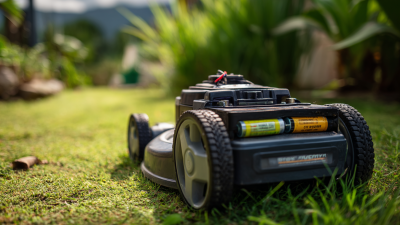
What are the Key Features of Lawn Mower Batteries You Should Know?
-
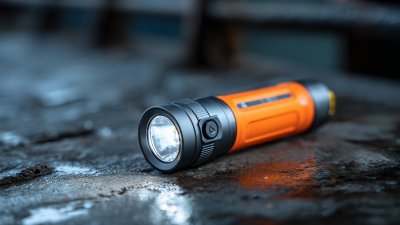
Emerging Trends in Emergency Light Battery Technology at the 138th Canton Fair 2025
-
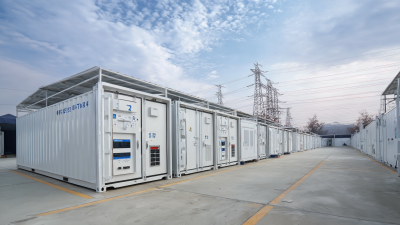
Unlocking the Future of Energy Storage Innovations with 12 Battery at the 2025 China Import and Export Fair
-
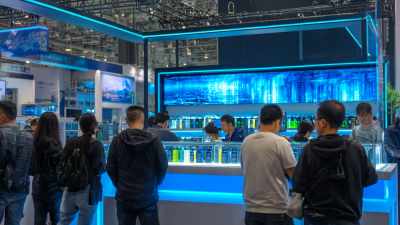
Unveiling Battery Acid Innovations at the 2025 China Import and Export Fair
-
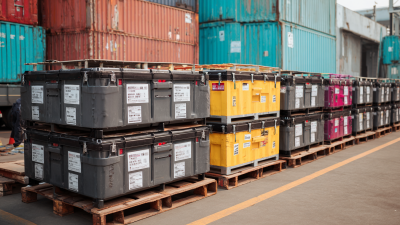
Batteries Delivered Revolutionizing Supply Chains at the 138th China Import and Export Fair 2025
